Is dog day care actually worth the cost? What do dogs get out of it?
If you’re an Auckland dog parent weighing up day care costs, you’re not alone. Busy workdays, winter darkness, and travel plans can leave even the...
2 min read
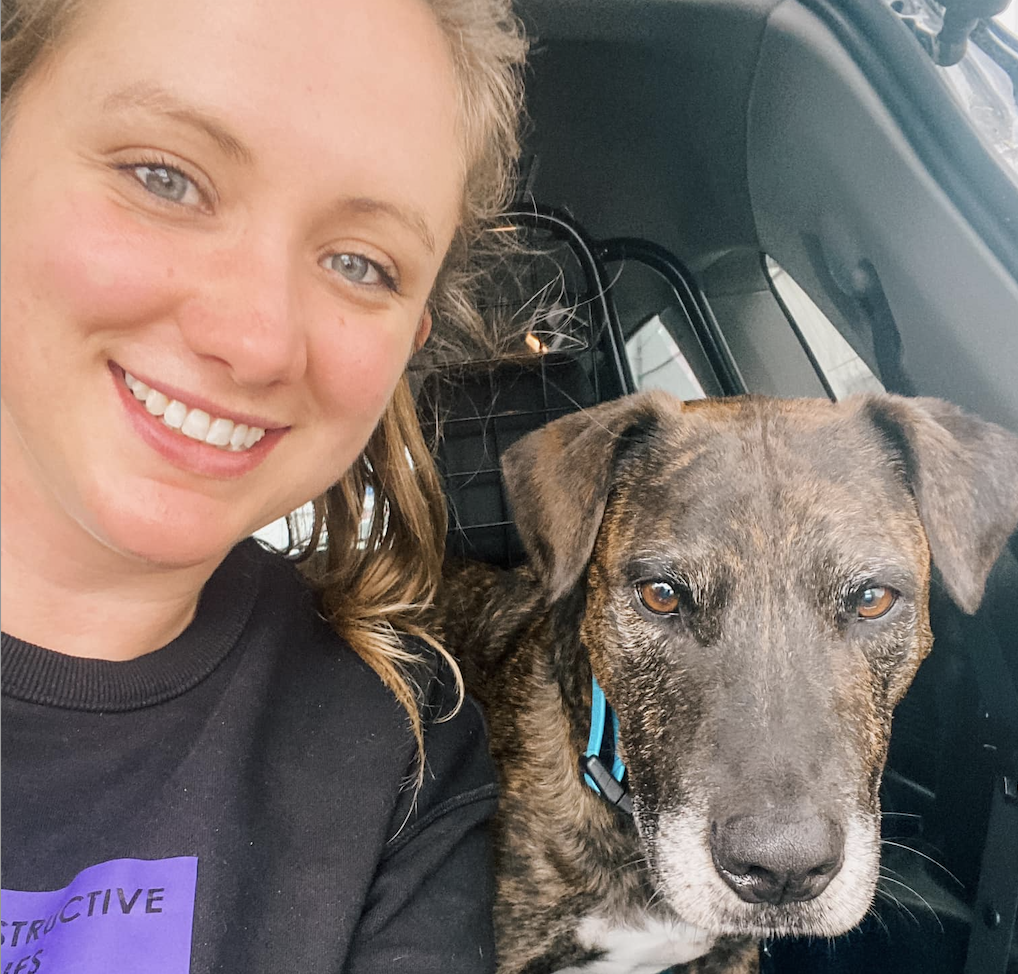 Laura McHugh, Constructive Canines
:
18/02/2024 8:44:05 PM
Laura McHugh, Constructive Canines
:
18/02/2024 8:44:05 PM
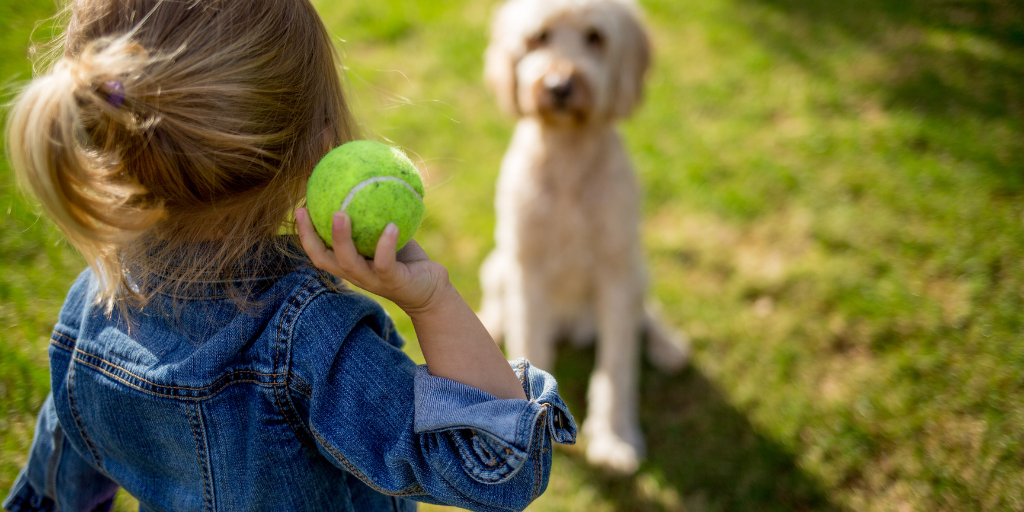
When we have dogs and children in our homes, we sometimes aim for too much with their relationship. We want them to be best friends; we want them to do everything together.
We expect too much.
We expect our dogs to know how to act around a tiny human; we expect them to understand that their shrieks and cries aren't anything to worry about; we expect them to understand what are human toys and what are dog toys.
We expect children to know to use gentle hands around dogs; we expect them to leave a dog that is sleeping or eating, and we expect them to know not to climb or stand on a dog.
Start lowering your expectations to have them co-exist together. They are in the same room but are not actually interacting. Help them slowly learn about one another while they are both calm.
You can start doing simple activities with both the child and dog, but please make sure you listen to any cues that either one doesn't want to do.
Some easy activity examples:
I adore seeing the relationship developing between my two little girls and my dog, Kai.
The most significant and crucial aspect of their relationship is the no-pressure part. There is no pressure to interact; the child and dog can say no.
The exciting part is that they're not being asked to interact; they choose to. They have a relationship that has been built out of mutual trust and learning about each other slowly and at their own pace.
In the below photo, Kai was asked to lie down and chose to lie where he is. Would the picture be more perfect if he was a bit further back and in line with the girls? Sure, but this photo is all about his choice to be close. The girls can still touch him, so they're happy, but everyone can also move away from each other and stop the interaction without confronting one another.
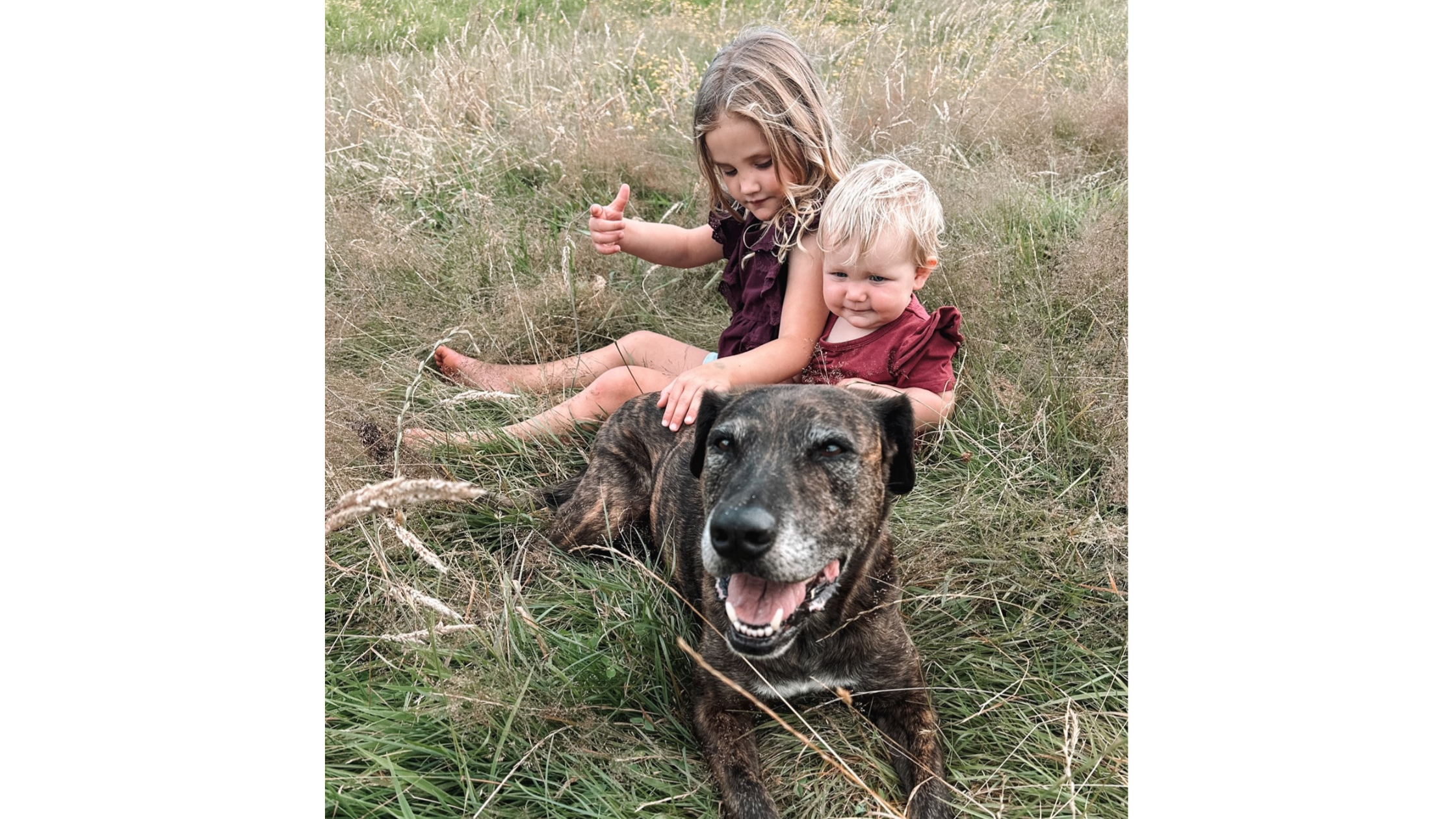
What other easy activities do you get your children and dogs to do together? I would love to hear your comments below.
Laura is the Staff Training Manager for Pets In The City. She is responsible for training caregivers at Pets In City Wairau Park and Silverdale. Laura's philosophy is centred around building a relationship with your dog. She believes that it should be a collaborative effort rather than a situation where the owner demands obedience from their dog.
Laura holds several qualifications and is currently studying for more. She is also a full Association of Pet Dog Trainers New Zealand member.
When she is not at Pets In the City, Laura runs her own successful Dog Training Company, Constructive Canines. To learn more about the training services that Laura provides, visit her website: https://www.constructivecanines.co.nz
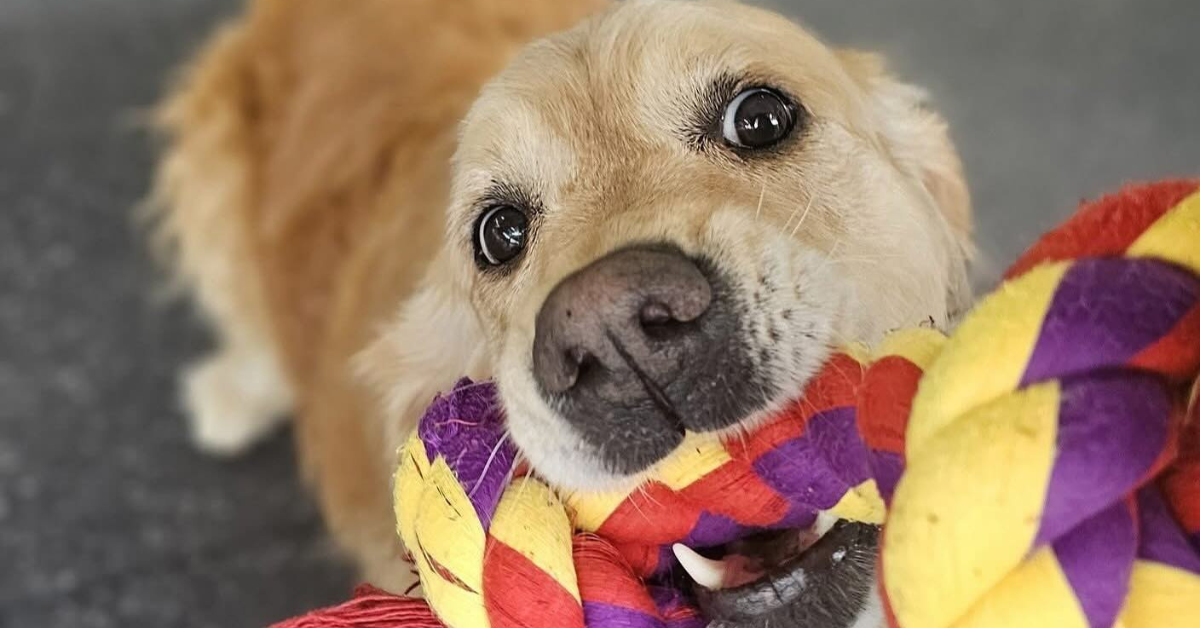
If you’re an Auckland dog parent weighing up day care costs, you’re not alone. Busy workdays, winter darkness, and travel plans can leave even the...

Your complete Auckland-proof plan for turning Guy Fawkes from "Boom-pocalypse" to "Bunker-and-Chill" Why Your Dog Thinks the Sky is Falling (And Why...
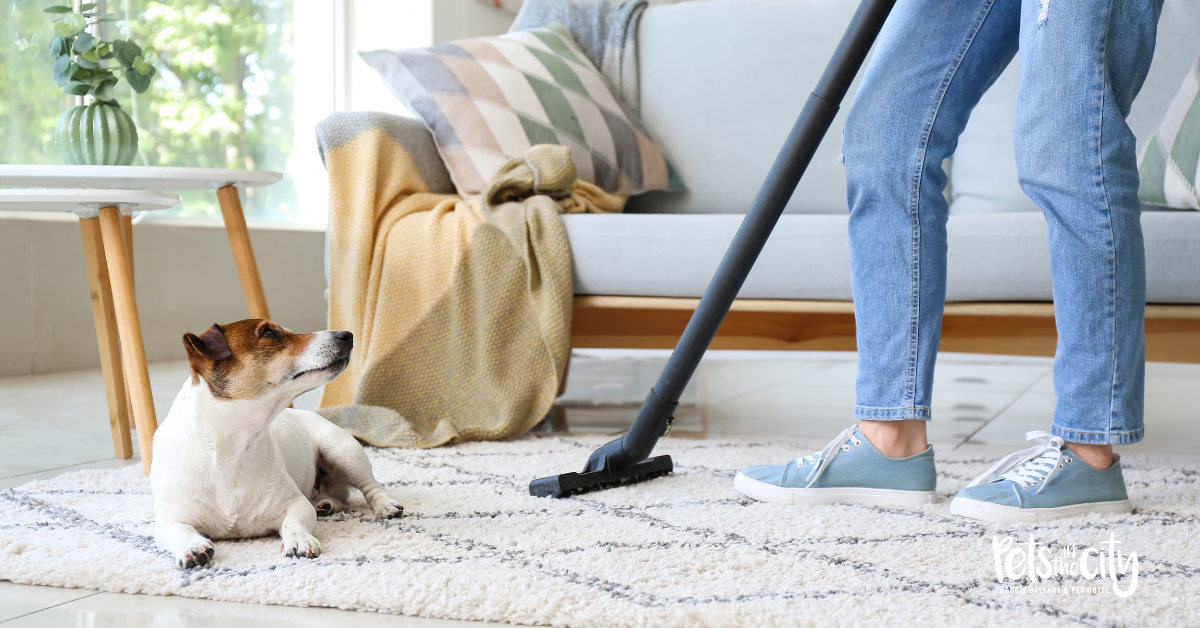
If you’ve just welcomed a new pup into your Auckland home, you’ve probably heard that “socialisation is everything.” But what does that really mean,...